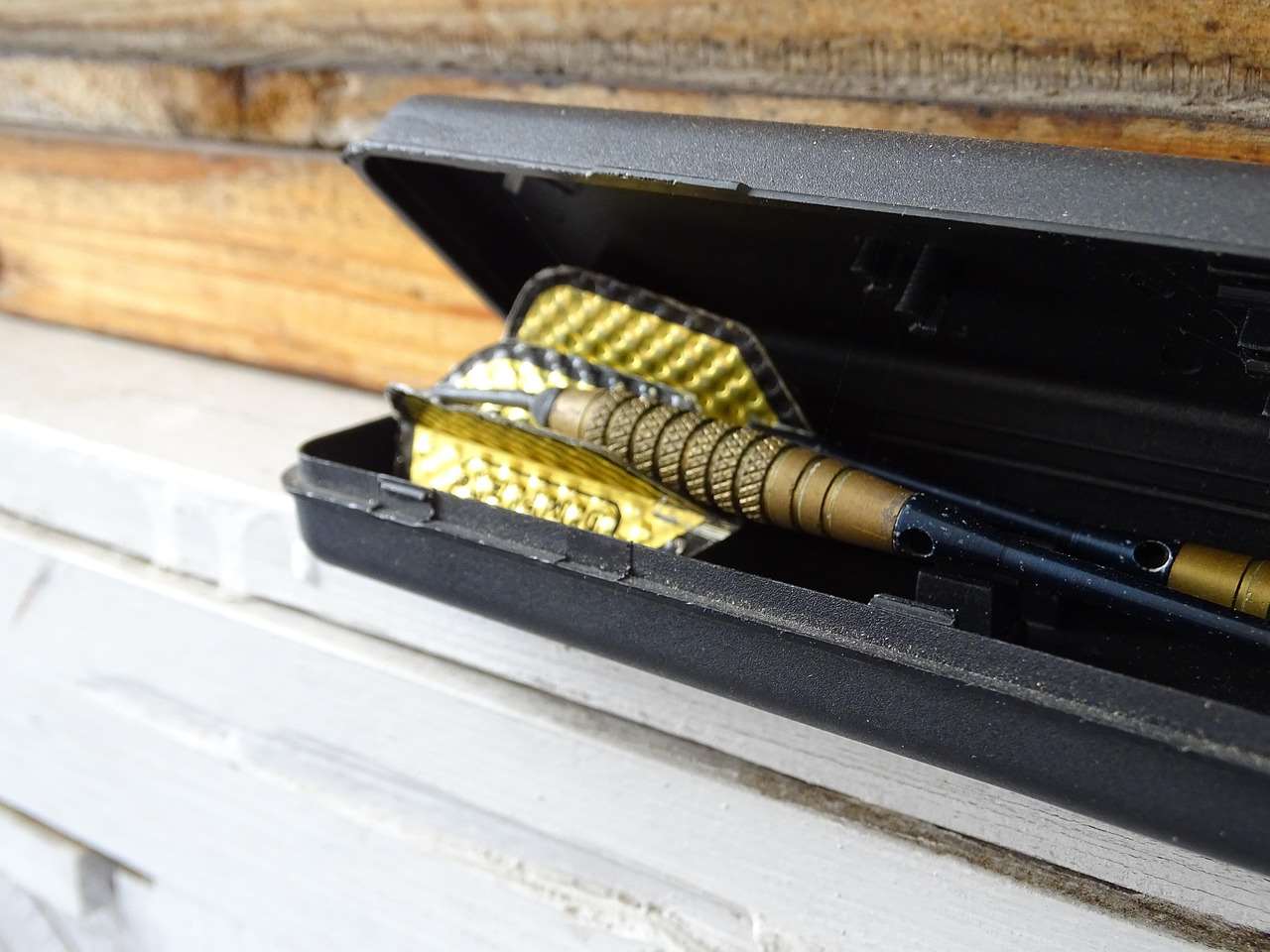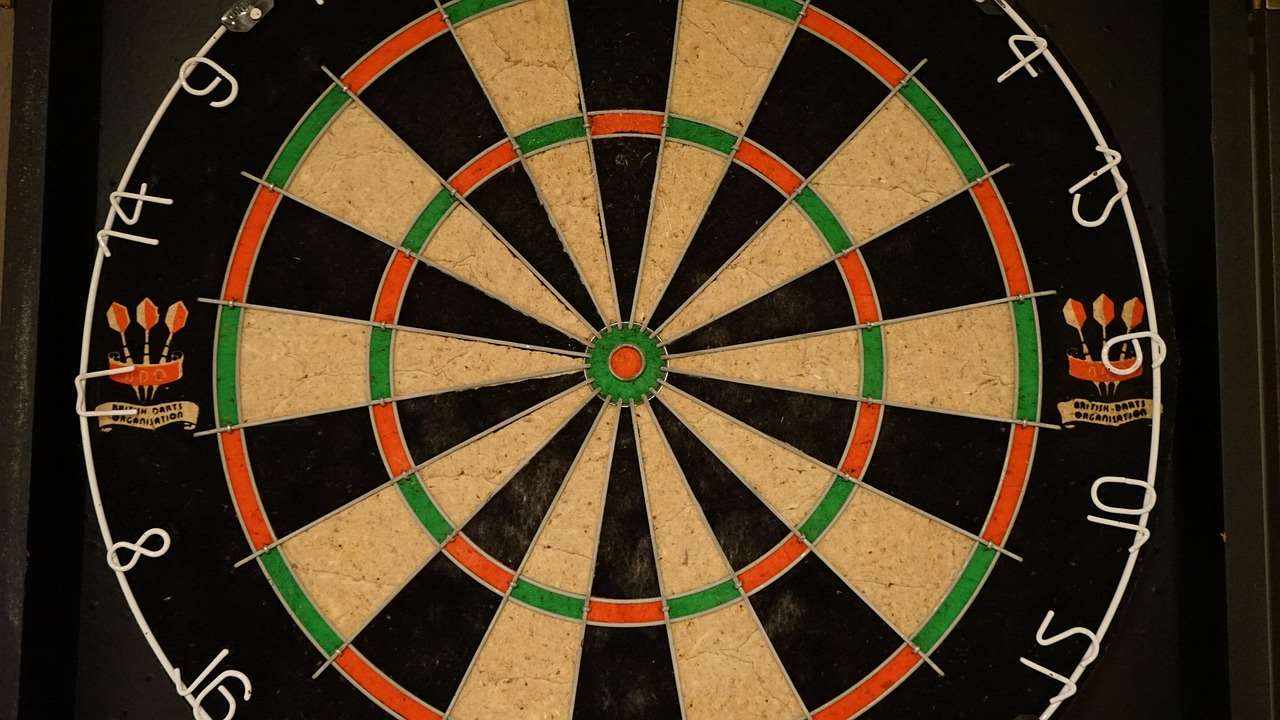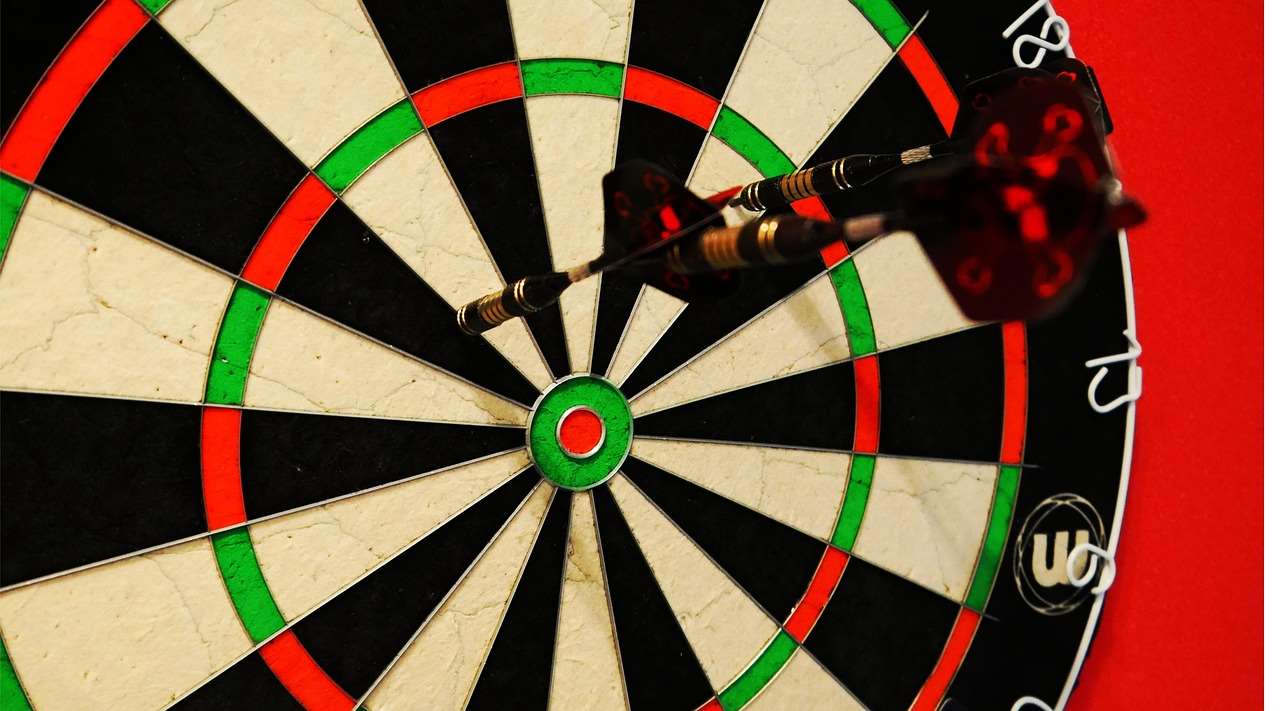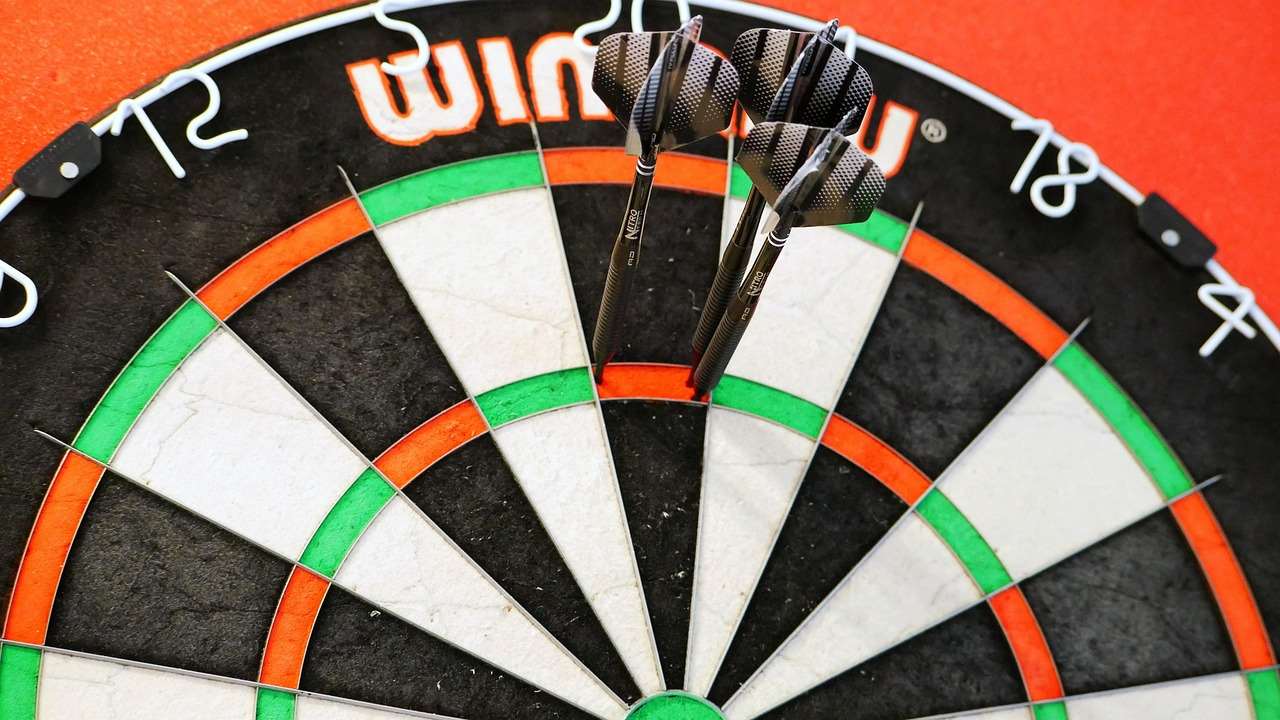Choosing the right darts shafts is crucial for optimal performance. This article covers the various darts shaft types available, helping you understand their differences and select the best ones for your game. We’ll explore materials, lengths, and diameters, providing you with the knowledge to make an informed decision.
⚠️ Still Using Pen & Paper (or a Chalkboard)?! ⚠️
Step into the future! The Dart Counter App handles all the scoring, suggests checkouts, and tracks your stats automatically. It's easier than you think!
Try the Smart Dart Counter App FREE!Ready for an upgrade? Click above!
Understanding the nuances of darts shaft types can significantly improve your accuracy and consistency. Many factors influence your choice, and we’ll explore each one to guide you toward the perfect fit for your playing style. This article delves into the different materials, lengths, diameters, and styles, enabling you to confidently select shafts that enhance your game. The right shafts contribute to a more enjoyable and successful dart-throwing experience. We’ll also discuss how to care for your shafts to ensure longevity.
Choosing the Right Darts Shafts: A Comprehensive Guide to Darts Shaft Types
The world of darts offers a vast array of choices, and selecting the right equipment can make all the difference. One crucial aspect often overlooked is the importance of darts shaft types. While many players focus on flights and barrels, the shaft acts as the critical connector, influencing your grip, throw, and overall accuracy. Understanding the different darts shaft types is vital to improving your game.
This guide dives deep into the various factors to consider when choosing your shafts, including materials, lengths, and diameters. We’ll explore popular darts shaft types on the market and help you identify which ones will best suit your individual needs and preferences.

Material Matters: Exploring Different Darts Shaft Materials
The material of your darts shaft directly impacts its flexibility, durability, and overall feel. Here are some of the most common materials used:
- Nylon: Nylon shafts are a popular choice for their durability and affordability. They offer a good balance of flexibility and stiffness, suitable for a wide range of players. They are also relatively easy to replace.
- Aluminum: Aluminum shafts are known for their lightweight construction and excellent stiffness. This makes them ideal for players who prefer a more consistent flight path. However, they can be more prone to bending or breaking than nylon shafts.
- Carbon Fiber: Carbon fiber shafts are the premium option, providing exceptional stiffness, lightweight construction, and increased durability. While more expensive than nylon or aluminum, they offer a superior playing experience and a prolonged lifespan. They are favored by professional players.
- Polycarbonate: Polycarbonate shafts offer a balance between durability and flexibility, making them a versatile choice. They are generally more resistant to breakage than nylon shafts, yet retain a more flexible feel.
The best material for you will depend on your personal preferences and playing style. Experimenting with different materials is a great way to find what feels most comfortable and gives you the best results. Consider factors like your throwing style, desired level of flexibility, and your budget. Remember, even professional players often experiment with different shaft materials to fine-tune their game.
Understanding Darts Shaft Lengths and Diameters
In addition to the material, the length and diameter of your darts shafts are also important considerations. These factors directly impact your grip, throw, and overall consistency. Let’s explore the implications of these dimensions:
Darts Shaft Lengths
Shaft length is measured in millimeters (mm) and usually ranges from 30mm to 50mm. Shorter shafts generally provide more stability and are favored by players who prefer a tighter grouping. Longer shafts, conversely, offer more forgiveness and can be helpful for players who struggle with consistency. Choosing between the two often comes down to personal preference and what best suits your individual throwing style and needs. Experimentation is key in determining the optimal length for you.
Darts Shaft Diameters
The diameter of the shaft, also measured in millimeters (mm), affects the overall weight balance and the feel of the dart in your hand. Thinner shafts can feel more responsive and lighter, while thicker shafts provide a more substantial grip and increase stability during your throw. The ideal diameter again depends on personal preference and your throwing style. Many players find that a slightly thicker shaft improves their grip and consistency, particularly in a competitive setting. A visit to a local darts shop can provide hands-on experience comparing various shaft diameters.

Exploring Different Styles of Darts Shafts
Beyond material, length, and diameter, the actual *style* of your darts shafts can also influence your game. Some popular shaft types include:
- Standard Shafts: These are the most common type of shaft, featuring a straight, cylindrical design. They offer a classic and reliable feel, suitable for most players.
- Tapered Shafts: Tapered shafts are slightly thinner at the tip, providing a more streamlined design that can improve flight performance. These shafts are often preferred by players who prioritize aerodynamic efficiency.
- Spin Shafts: Spin shafts are designed with grooves or ridges to enhance grip and spin. This can contribute to a more controlled and accurate throw. They offer improved grip for players who struggle with stability or consistent throws.
Experimenting with different shaft styles, alongside exploring the various darts shaft types, can help you discover what works best for your unique throwing style. Remember to consider your personal preferences for grip and control when selecting shaft styles.
Caring for Your Darts Shafts
Proper care of your darts shafts can significantly extend their lifespan and maintain their performance. Regular cleaning can prevent dirt and debris from building up, which can affect grip and accuracy. Avoid excessive force when throwing darts. Proper storage, particularly in a dedicated dart case, can also help protect your shafts from damage.
It is crucial to consider replacing your shafts as they wear down. Signs of wear include excessive scratches, bends, or cracks. Ignoring this can impact your game and even lead to injury. Regularly inspecting your shafts is a valuable habit to maintain in your dart-playing routine.

Frequently Asked Questions about Darts Shaft Types
Choosing the right shafts can feel overwhelming, but understanding your needs and preferences makes it easier. Here are some frequently asked questions to help clarify things further:
- Q: How often should I replace my darts shafts? A: This depends on usage, but generally, you should replace them when you notice significant wear and tear, such as bending, cracking, or excessive scratches. Regular inspection is key.
- Q: Can I mix and match shaft materials and lengths? A: Absolutely! Experimentation is encouraged. Find what feels best for your throw and comfort levels.
- Q: What’s the difference between a standard and a tapered shaft? A: Standard shafts have a consistent diameter, whereas tapered shafts are thinner at one end, often to improve aerodynamics. The benefits are often subtle, but some players feel a tangible difference.
- Q: Where can I find a wide variety of darts shaft types? A: Most sporting goods stores and online retailers specializing in darts equipment offer a broad selection. Visiting a local darts store allows for hands-on examination and expert advice.
Remember to consult with a darts professional or experienced player for personalized recommendations. They can provide valuable insights based on your skill level and throwing style. This detailed analysis of darts shaft types should equip you with the knowledge to make a confident choice.

The Impact of Darts Shafts on Your Game
The right darts shaft types can subtly, yet significantly, improve your overall game. A well-chosen shaft enhances consistency, contributing to a higher accuracy rate and, ultimately, better scores. The feeling of a good fit between your dart and your hand is often overlooked but incredibly valuable for confidence and stability. Many professional players refine their choice of shaft over time as their technique improves. Using the wrong shafts can lead to inconsistent throws, frustrating misses, and ultimately affect your enjoyment of the game. Choosing the perfect shafts is a vital step in mastering the art of darts, alongside mastering the techniques described in our guide on darts for beginners.
Consider this article a guide in your journey towards darting mastery. Experimentation is key to finding the perfect shafts that suit your throwing style and help you achieve your darting goals. Remember to consider various factors like material, length, diameter, and style to choose the best shafts for your preferences.

Conclusion: Finding Your Perfect Darts Shafts
This comprehensive guide on darts shaft types has provided you with the necessary knowledge to make informed decisions when selecting your next set of shafts. By understanding the various materials, lengths, diameters, and styles available, you can now confidently choose shafts that enhance your game, improve your consistency, and ultimately lead to a more enjoyable darting experience. Remember to consider your individual needs, preferences, and throwing style, and don’t hesitate to experiment until you find the perfect fit. Happy throwing!
For those interested in tracking their scores and improving their game, we recommend checking out this fantastic Digital dart score app. It will help you analyze your performance and focus on areas for improvement.
Ready to take your dart game to the next level? Explore our guide on best darts set ever to find the perfect combination of shafts, barrels, and flights.
Hi, I’m Dieter, and I created Dartcounter (Dartcounterapp.com). My motivation wasn’t being a darts expert – quite the opposite! When I first started playing, I loved the game but found keeping accurate scores and tracking stats difficult and distracting.
I figured I couldn’t be the only one struggling with this. So, I decided to build a solution: an easy-to-use application that everyone, no matter their experience level, could use to manage scoring effortlessly.
My goal for Dartcounter was simple: let the app handle the numbers – the scoring, the averages, the stats, even checkout suggestions – so players could focus purely on their throw and enjoying the game. It began as a way to solve my own beginner’s problem, and I’m thrilled it has grown into a helpful tool for the wider darts community.